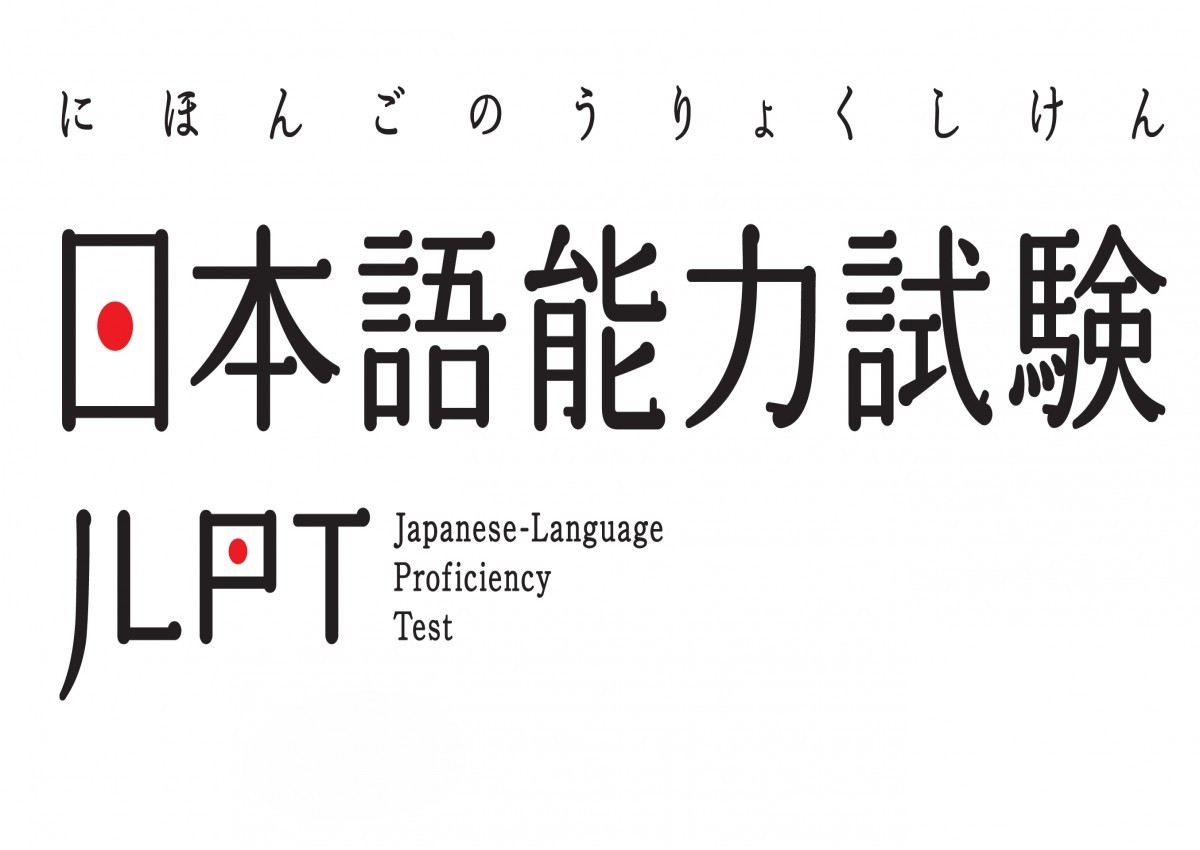15 Jan
Decoding the JLPT Levels: Choosing the Right Challenge for You
Title: "Decoding the JLPT Levels: Choosing the Right Challenge for You"
Embarking on the journey to conquer the Japanese Language Proficiency Test (JLPT) is a commendable endeavor, but the first crucial step involves decoding the levels to choose the one that aligns with your proficiency, goals, and study commitment. In this comprehensive guide, we'll navigate through the intricacies of the JLPT levels, shedding light on each tier's expectations and providing insights to help you make an informed decision.
## Understanding the JLPT Levels
The JLPT is divided into five levels, with N5 being the easiest and N1 being the most advanced. Each level assesses different language skills, ranging from basic vocabulary and grammar comprehension to advanced reading and listening abilities.
### N5: The Gateway Level
For beginners, N5 serves as the gateway to the JLPT. This level assesses fundamental Japanese language skills, requiring candidates to understand basic expressions, hiragana, katakana, and everyday phrases. It's ideal for those who have completed an introductory Japanese course or have a basic understanding of the language.
### N4: Building Foundations
N4 continues to focus on basic language skills but introduces a wider range of vocabulary and more complex grammar structures. It's suitable for learners who have completed beginner-level courses or have a few months of consistent self-study under their belt. Success at this level signifies a solid foundation in Japanese.
### N3: Intermediate Proficiency
N3 marks the transition to intermediate proficiency. This level assesses more advanced grammar points, requires a broader vocabulary, and evaluates the ability to understand longer and more complex texts. Individuals aiming for this level should have completed intermediate-level courses and have a deeper understanding of Japanese grammar and expressions.
### N2: Advanced Competence
N2 targets advanced language competence. It assesses the ability to comprehend complex materials, including newspapers and essays. Success at this level indicates a high level of fluency and is often required for certain professional or academic opportunities in Japan.
### N1: Native-Like Proficiency
N1 is the pinnacle of the JLPT levels and is designed for those seeking near-native proficiency. This level evaluates the ability to comprehend highly advanced materials, including intricate literary texts and abstract content. Success at N1 opens doors to professional opportunities in Japan and signifies a profound understanding of the language.
## Choosing the Right Level for You
Selecting the appropriate JLPT level is a crucial decision that requires an honest self-assessment of your language skills and study commitment. Here are some key considerations:
### 1. **Current Proficiency:**
Assess your current proficiency level by reviewing sample questions from each JLPT level. Choose a level where you can comfortably understand a significant portion of the content.
### 2. **Study Commitment:**
Consider the time you can realistically commit to studying each day. Higher levels demand more time and effort, so choose a level that aligns with your study capacity.
### 3. **Future Goals:**
Reflect on your long-term goals. If you plan to work or study in Japan, aim for a level that meets the language requirements of your desired opportunity.
### 4. **Study Resources:**
Evaluate the availability of study materials for your chosen level. Ensure that there are sufficient resources, textbooks, and practice exams to support your preparation.
### 5. **Practice Exams:**
Take a practice exam for your chosen level to gauge your readiness. Identify areas of weakness and consider whether you have ample time to address them before the test date.
## Conclusion
Decoding the JLPT levels is an essential step toward a successful examination experience. Choose a level that challenges you without overwhelming your current abilities. Remember that each level is a stepping stone, and as you progress through them, your overall Japanese proficiency will significantly improve. Good luck on your JLPT journey!










